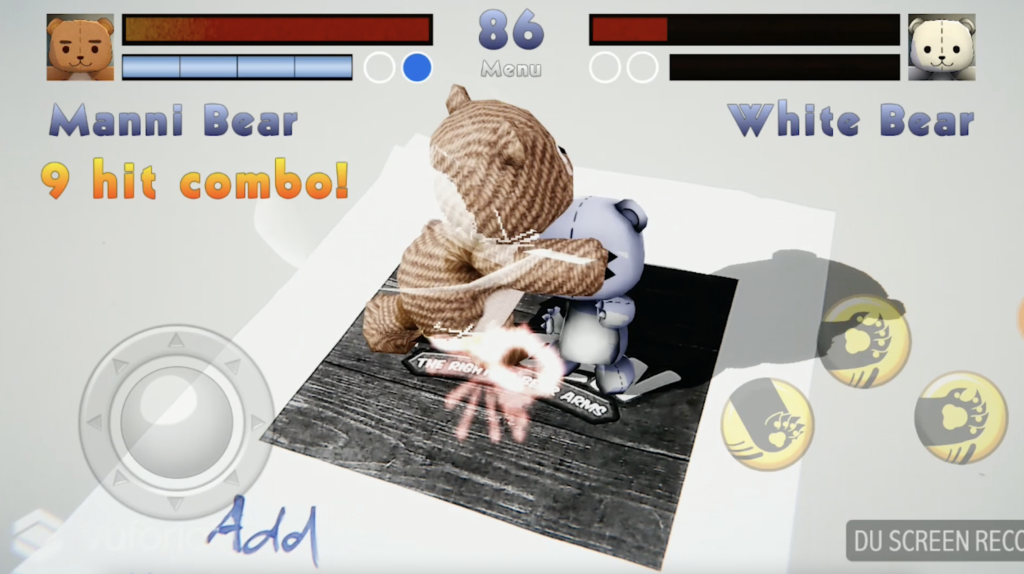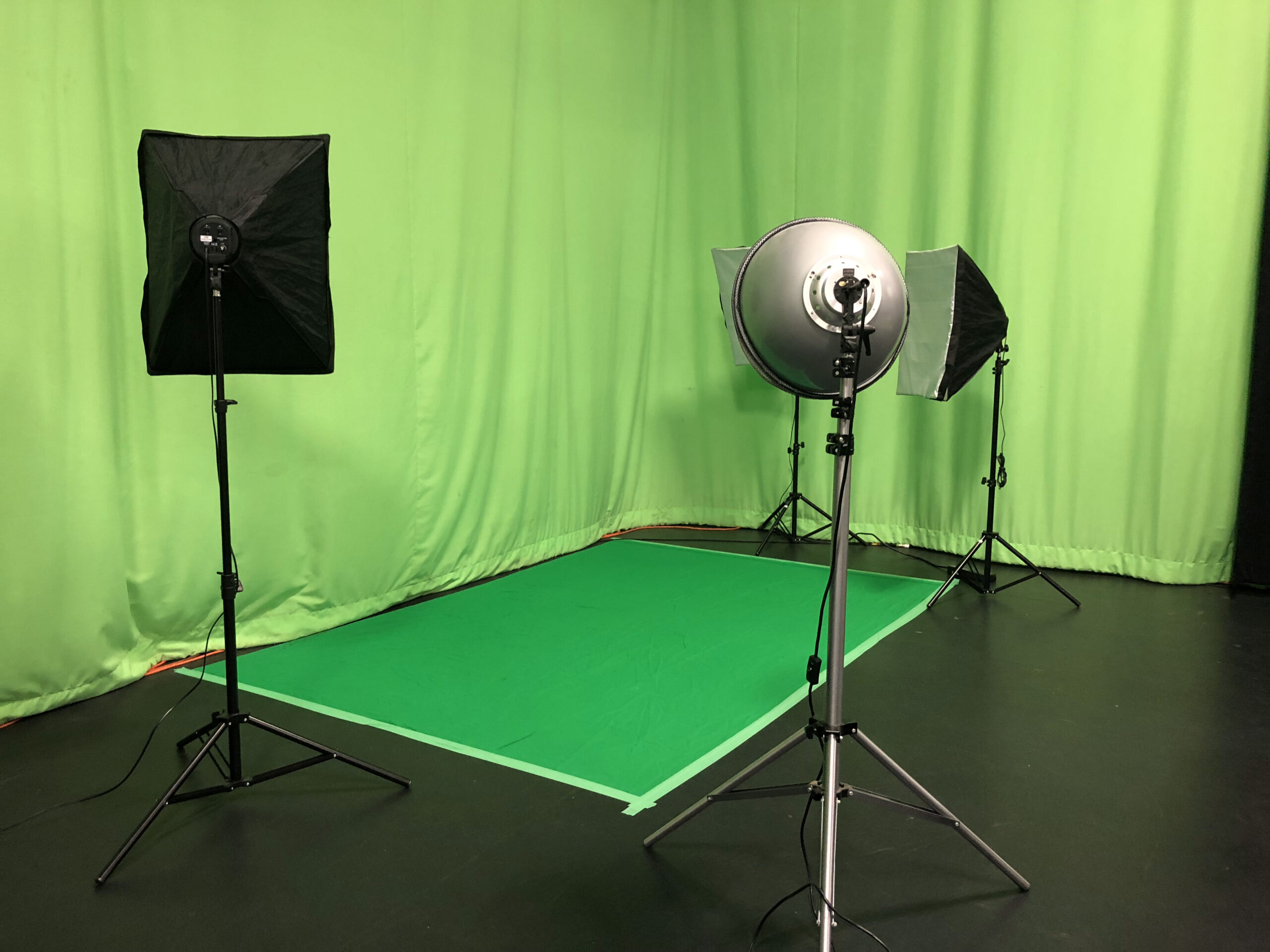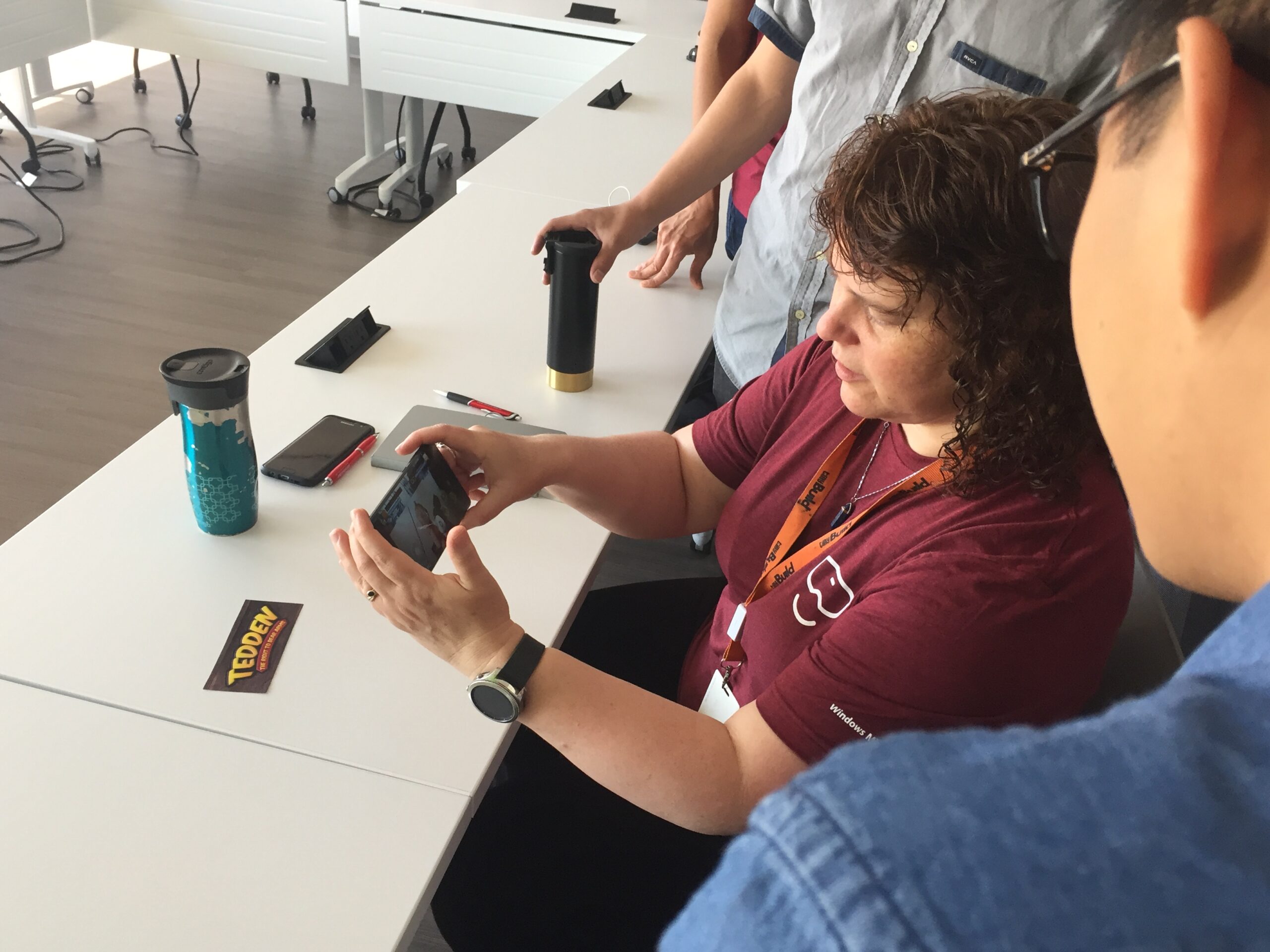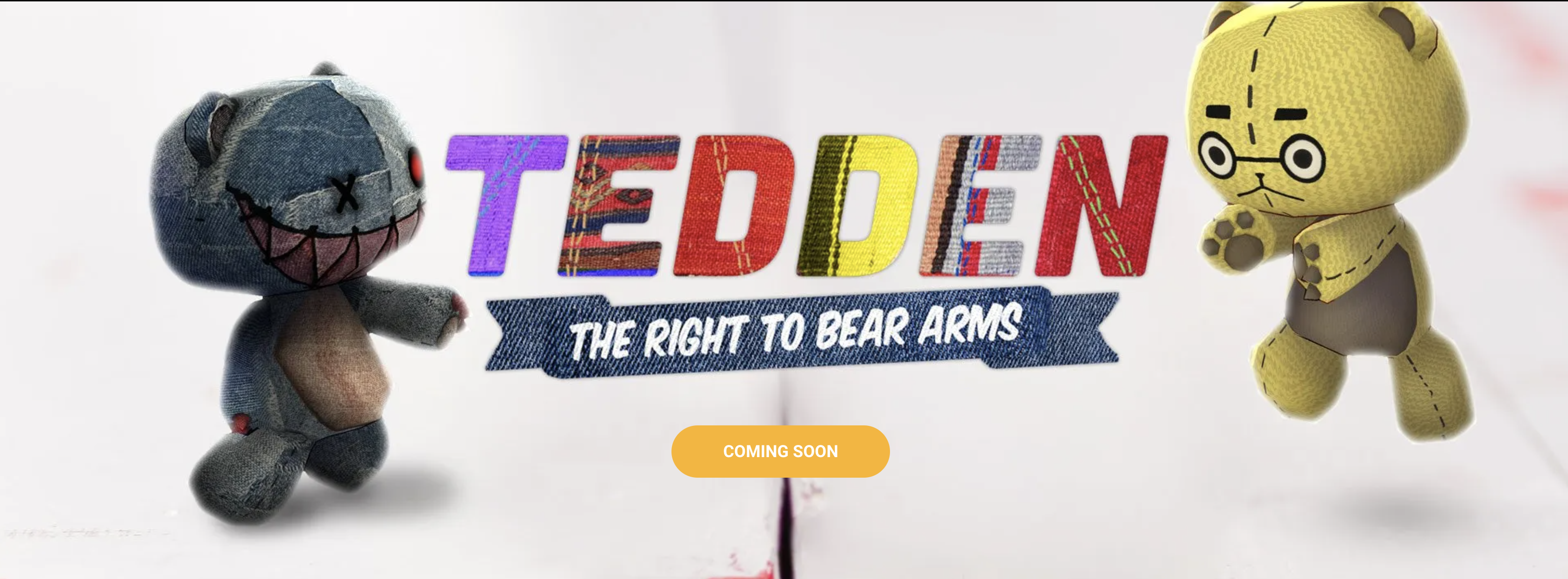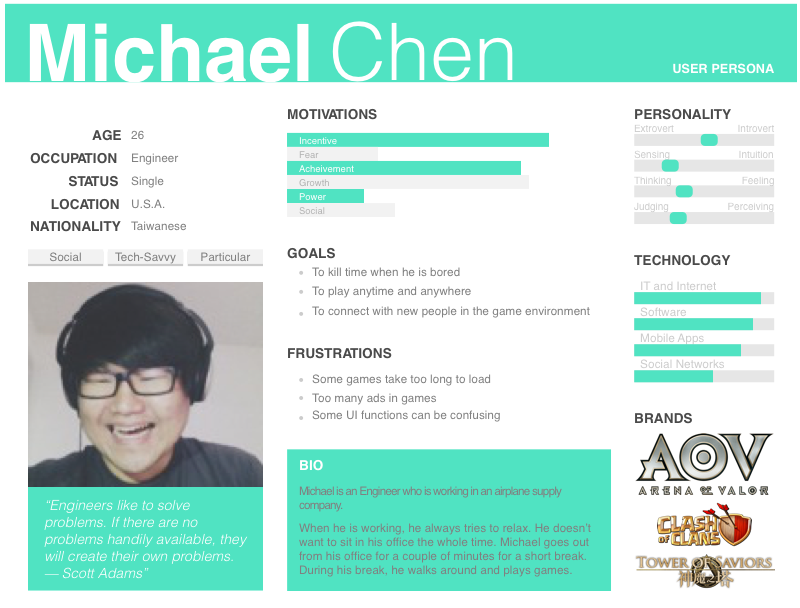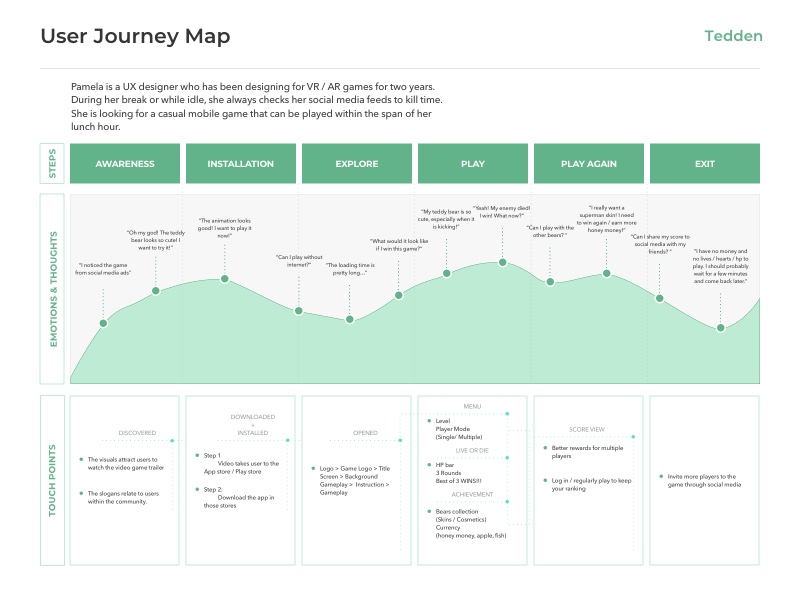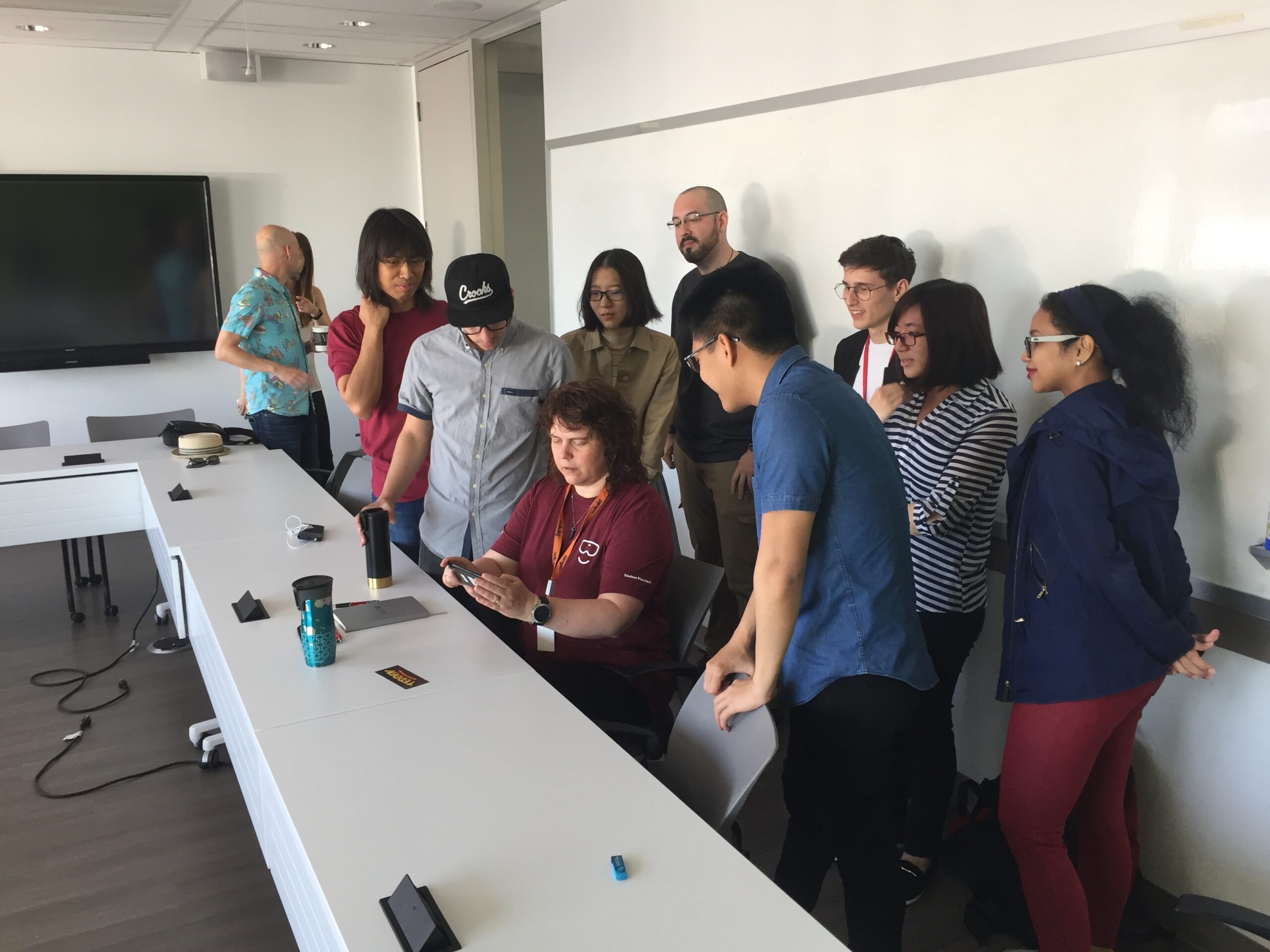With diverse characters, voice actors and stories, Virtro develops different experiences for different users. Virtro is a one of the best female-led companies and they have a number of diverse projects in their portfolio. They built an AR teddy bear street-fighting game (Tedden) and wanted to work with us to prototype an Augmented Reality (AR) pipeline to improve the game aesthetics. A secondary goal was to propose solutions that gave this game a reason to exist in an AR environment.

